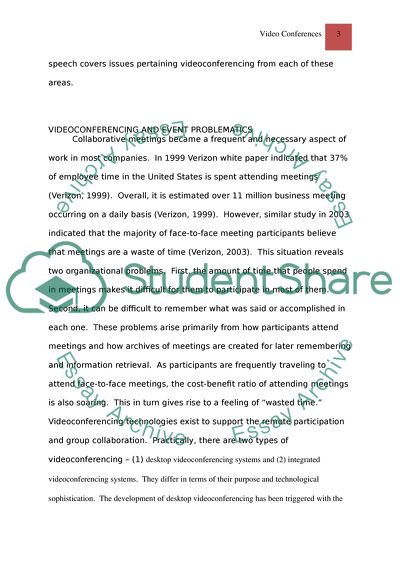Cite this document
(Video Conferences Coursework Example | Topics and Well Written Essays - 1750 words, n.d.)
Video Conferences Coursework Example | Topics and Well Written Essays - 1750 words. https://studentshare.org/technology/1738261-current-issues-in-event-operations-management-technology
Video Conferences Coursework Example | Topics and Well Written Essays - 1750 words. https://studentshare.org/technology/1738261-current-issues-in-event-operations-management-technology
(Video Conferences Coursework Example | Topics and Well Written Essays - 1750 Words)
Video Conferences Coursework Example | Topics and Well Written Essays - 1750 Words. https://studentshare.org/technology/1738261-current-issues-in-event-operations-management-technology.
Video Conferences Coursework Example | Topics and Well Written Essays - 1750 Words. https://studentshare.org/technology/1738261-current-issues-in-event-operations-management-technology.
“Video Conferences Coursework Example | Topics and Well Written Essays - 1750 Words”. https://studentshare.org/technology/1738261-current-issues-in-event-operations-management-technology.


